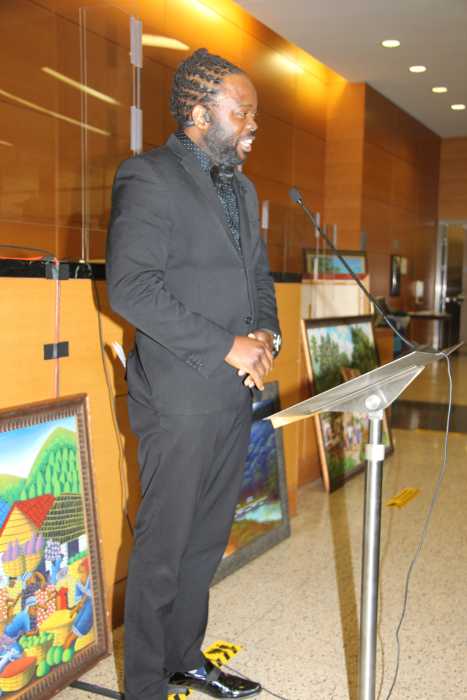A recent entry on the indie film circuit, “Half Nelson” is generating controversy. Audiences leave the movie with widely divergent reactions. Like the Pedro Almodóvar film “Talk To Me, ” “Half Nelson” manages the difficult task of making the taboo seem human and understandable. It provokes sympathy where many would reflexively offer condemnation.
In Almodóvar’s picture, the taboo was having sex with a comatose woman, but the story about two men’s friendship and their mutual concern for women in comas removed the horror from the pregnancy making it seem misguided though strangely understandable. “Half Nelson” is about an equally great taboo—a crack-smoking schoolteacher riding the roller coaster between rehab and relapse.
It’s a radical picture in two senses. The teacher himself is a radical—so much so that he believes in dialectical materialism. “Half Nelson” is also transgressive in its message that crack smoking, while destructive, should not be made criminal. In real life, the revelation that a teacher smokes crack would provoke public outrage, but some in the “Half Nelson” audience come away with sympathy for him.
The film I saw doesn’t lend itself to easy answers, but it satisfies the test of truthfulness.
Dan Dunne, played by Ryan Gosling, is a consummate teacher, warm and humorous. The classroom scenes anchor the movie and provide the counterpoint to Dunne’s private life of sex, drugs, and isolation. Gosling’s ability to play these extremes proves his depth. Like many good-looking people of either sex, and many drug users, Dunne uses a quick smile and boyish charm to help him avoid people’s anger and to cope with the hurt he causes.
The pivotal scene is a tour de force. Smoking crack in the school locker room, he is discovered by 13-year-old female student. As the teacher realizes he is caught, Gosling’s face displays a range of emotions that reminded me of Greta Garbo. He is horrified in the recognition that he is at a precipice that can ruin his life. We see him move from horror, to pain, to fear and grief. Then the panic disappears, and the teacher takes control. The student brings him water, the start of a friendship that gives the movie its energy.
This scene provokes different interpretations. Some will call the way the teacher gained control manipulative. I call it resourceful. One reason drug users are part of my community is that I believe their experiences give them skills that have utility in later life. To a drug reformer like me, the scene is fraught with meanings not in script. The teacher smokes in the locker because he is seeking a private place. Social condemnation from his peers and legal penalties require that.
Prior to this scene, coaching the girl’s basketball team, the teacher is jonesing for his drug, but patiently waits for the team to go home. It’s not so different from the days when gays and lesbians spent their time at work pretending to be straight, and then refusing an after-work drink because they wanted to be with their real friends. From one perspective, this is a movie about a teacher who lives in too many different worlds, and can’t control his time or reconcile those divergent experiences with his conscience. Faced with social and legal pressures, such a person is unlikely to successfully integrate his life. Indeed, drug policy in the U.S. aims at wearing down the user in the hope he will abandon the habit. I view that as it abusive and an assault on freedom of choice. And it provokes anti-social acts by users.
Were I the nation’s philosopher king, the teacher wouldn’t have a constantly escalating craving for crack. He would simply pop a pill that his doctor had prescribed and his mental balance would be restored.
The film makes clear that Dunne has many admirable qualities. His Socratic style of teaching challenges middle school students to confront adult issues, such as racial segregation in U.S. history and the civil rights movement that grew up in response. His approach is unconventional, but he is respected by his peers, and tolerated, even admired by administrators.
But the job alone isn’t enough to build a life, and Dunne falls deeper and deeper into relapse, realizing he will not be able to write the book of his dreams. The women he has fun with don’t fit his notion of a life companion, and those that do he can’t trust or let loose with. There are reasons he uses drugs, but his relationship with them is destructive and eventually debilitating. The only female he respects, who knows what he is going through, is the young student who discovered his habit, but in the end her gestures of support offer little hope for optimism.
Crack gets the better of the teacher. That for me is the clincher. Bad laws and bad policies make bad things happen. As drug laws growing more restrictive, dangerous drugs emerge. When I was young, there was no cocaine because we bought Benzedrine, a pharmaceutical drug. When the government closed this gray market, coke made its appearance, and dealers emerged to give customers a cheap hit. As Freud discovered, cocaine is a very difficult drug to control. Debilitating bootleg drugs like crack and meth come to dominate the prohibitionist marketplace as the government pursues the will o’wisp of a drug-free America.
gaycitynews.com


































